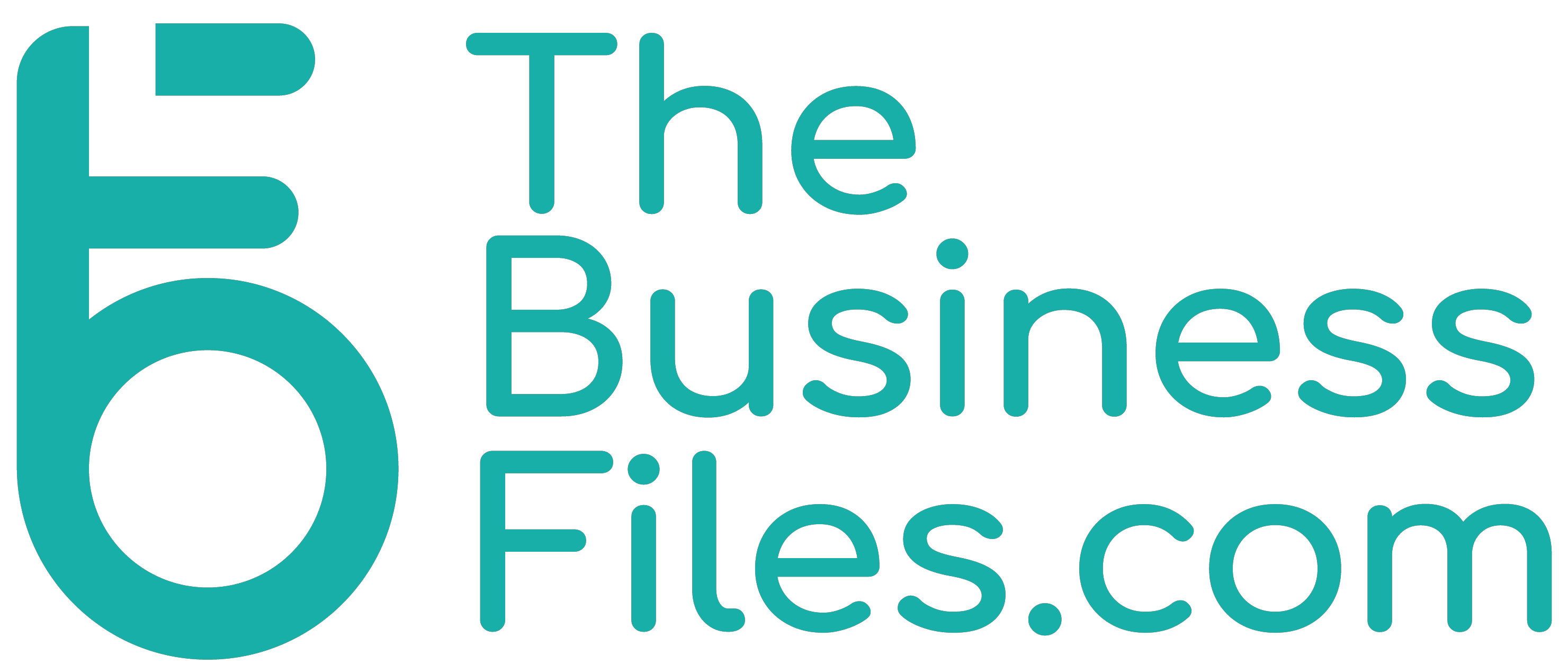Founded in 1993 by brothers Tom and David Gardner, The Motley Fool helps millions of people attain financial freedom through our website, podcasts, books, newspaper column, radio show, and premium investing services.
Founded in 1993 by brothers Tom and David Gardner, The Motley Fool helps millions of people attain financial freedom through our website, podcasts, books, newspaper column, radio show, and premium investing services.
You’re reading a free article with opinions that may differ from The Motley Fool’s Premium Investing Services. Become a Motley Fool member today to get instant access to our top analyst recommendations, in-depth research, investing resources, and more. Learn More
Most electric vehicle (EV) stocks corrected steeply in 2022. Fears of a recession impacted the markets, and investors were concerned about the near- to medium-term prospects of early-stage growth companies.
Nio (NIO -5.82%) stock was no exception. The stock has plunged over 60% so far in 2022. Does the steep fall show genuine concerns about the company, or is this a buying opportunity?
Nio, which started producing its EVs in June 2018, has been growing its deliveries consistently. The China-based company has delivered 273,741 EVs so far. In November 2022, the company delivered 14,178 electric cars, a 30% year-over-year increase.
Data source: Nio. Chart by author.
This chart shows consistent growth in the company’s EV deliveries since 2018. In the fourth quarter, Nio expects to deliver between 43,000 and 48,000 vehicles. So the stock’s significant fall this year looks unjustified.
Apart from broader macroeconomic concerns relating to the slowdown and rising rates, another factor that affected Nio stock is China’s strict COVID-19 restrictions. News related to easing of its zero-COVID norms sent Chinese stocks soaring recently.
At the same time, the Russia-Ukraine war has put further pressure on an already tight supply chain. These supply chain issues have hurt EV stocks significantly. Rising battery costs hurt Nio’s margins in the third quarter.
Although there are industry- and market-related headwinds, Nio is trying to manage them well. And the company has been making progress on multiple fronts.
In addition to the China market, Nio is expanding its footprints into the European market. It entered the Norwegian market in September 2021. In October 2022, it held its launch event, Nio Berlin, where it unveiled details of its products for more European markets, including Germany, the Netherlands, Denmark, and Sweden.
To establish its footprint in Europe, the company intends to launch three new models in the European market. The ET7, EL7, and ET5 launches received a lot of attention. ET7 deliveries have already begun, and deliveries of the EL7 and ET5 are expected to commence in January 2023.
Nio intends to build 120 battery-swap stations across Europe by the end of 2023. It has also established a research and development unit in Berlin. And it plans to open additional Nio houses and spaces in 10 European cities in the coming future.
Although European carmakers lead in traditional vehicles — not only in Europe, but in several countries globally as well — Nio has a window of opportunity in the emerging EV segment. The company has come up with an innovative subscription model for Europe, with terms from just one month to 60 months, to make inroads into this key market.
In addition to EVs, Nio is entering into some new key businesses. The ones directly related to its EV business are making batteries and chipsets in house. This will not only ensure smooth supply, but also help drive margins. Nio is also entering into the smartphone business.
As these businesses scale up, they should add to the company’s growth. Further, the company can leverage its existing R&D investment and supply chain across all its businesses.
However, there are significant initial capital investments required to develop these. During the third-quarter call, William Li, Nio’s CEO, noted that investments in these new businesses would be around 3 billion RMB to 4 billion RMB in 2023. Additionally, as Nio plans to expand its presence in Europe, marketing and promotional activities will also increase, which will further increase its marketing costs.
Nio’s consistent delivery growth, its expansion plans, and the steep correction in its stock price make it attractive. Like other EV stocks, Nio’s price-to-sales ratio has come down significantly, making it more appealing.
NIO PS Ratio data by YCharts
Unlike some of its peers, Nio targets the premium segment of the EV market. It is developing its own battery-swap station network and Nio houses to position itself as a long-term, serious player. Nio expects to achieve breakeven in its core EV business by the end of 2023.
The company is still far from bottom-line profits. However, the consistent growth in Nio’s deliveries, its focus on quality offerings, and its growth plans inspire confidence in its long-term success.
If you already own Nio stock, continue holding it, as 2023 is surely not the time to sell it. If you don’t, now could be a good time to enter a position. Although industry, market, and company-specific uncertainties may keep the stock’s price volatile, it looks like a solid long-term buy.
Rekha Khandelwal has no position in any of the stocks mentioned. The Motley Fool has positions in and recommends BYD, Nio, and Tesla. The Motley Fool has a disclosure policy.
*Average returns of all recommendations since inception. Cost basis and return based on previous market day close.
Invest better with The Motley Fool. Get stock recommendations, portfolio guidance, and more from The Motley Fool’s premium services.
Making the world smarter, happier, and richer.
Market data powered by Xignite.

